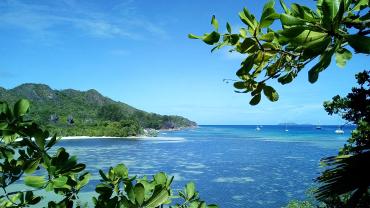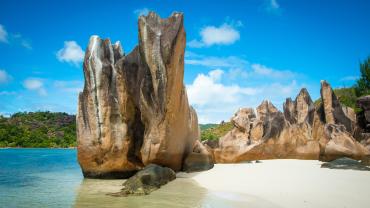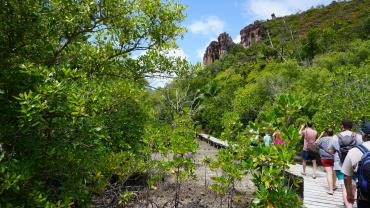Curieuse
Beautiful Home of Wild Giant Tortoises
Just a few hundred metres separates the three square kilometre island of Curieuse from Praslin, with just a singular islet located between the two land masses.
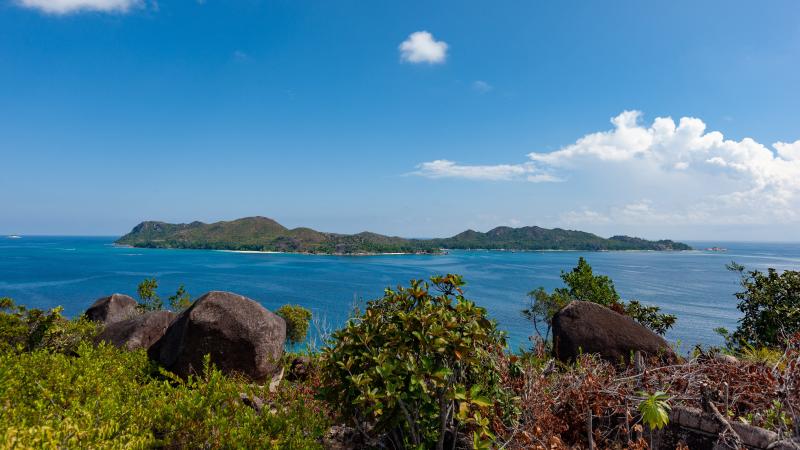
The starting point of many day trips to the mountainous home of giant tortoises is Anse Volbert. From there, it's just a short twenty-minute hop over the ocean to get to Baie Laraire. Here, in the clear water, you may even be able to spot some parrotfish. Alternatively, your boat may arrive on Anse St. José in the south of the island. From 1833 until the mid 20th century, Curieuse was home to a quarantine station for lepers. Today, only a few old ruins and the doctor house are left. This house is a French colonial building that dates back to 1870 and, these days, houses a small museum and visitor's centre.
From Baie Lazare, a 1.5 km (1 mile) boardwalk trail leads over to Anse St. José. Along the way, you'll find much to see, including mangroves, sea snails, geckos, skinks, and birds to name but a few. The reddish laterite soil that characterises the island led Lazare Picault to name the island of Curieuse "Ile Rouge" upon its discovery. The name was changed, however, in 1768, when a boat led by Marc Jospeh Marion de Frense took ownership of the island in the name of the French crown. The fee for entering the protected natural island is SCR 300 (approx. € 21) (including guide), which goes towards protecting and caring for the plants and animals. This work is carried out by a few park rangers who are the only inhabitants of the island except for the administrator.
Curieuse is the fifth-largest of the Inner Seychelles islands, and offers unspoilt wilderness and popular photo opportunities for guests, from the outstanding granite rock beaches and the quaint, freely-roaming giant tortoises to the Coco de Mer palm trees and the unspoilt mangrove forests. Unfortunately, in the 1970s large sections of the original forests were eliminated by fire. Since then, comprehensive efforts have taken place to restore the ecological balance of the island.

The surrounding waters are home to a rich array of marine life and are strictly protected. Along with the island, they are managed by the Seychelles Centre for Marine Technology Marine Parks Authority. The so-called coral garden (Pointe Rouge) off the eastern coast of Curieuse is a popular diving spot with an abundance of fish, with diving schools on both Praslin and La Digue offering excursions to this spot.


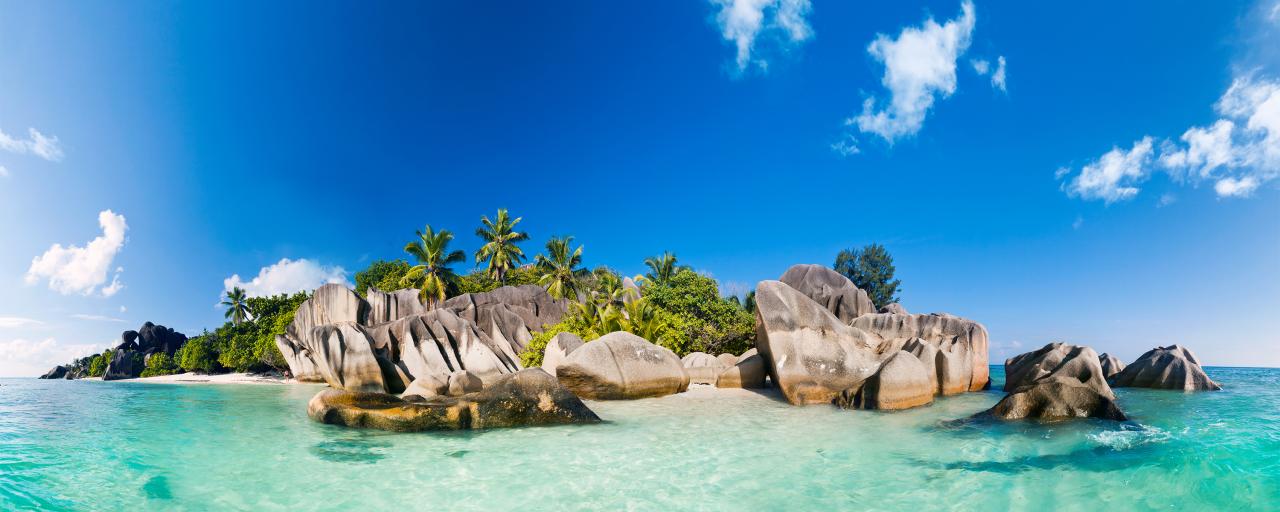
 Certified Seychelles Experts
Certified Seychelles Experts

